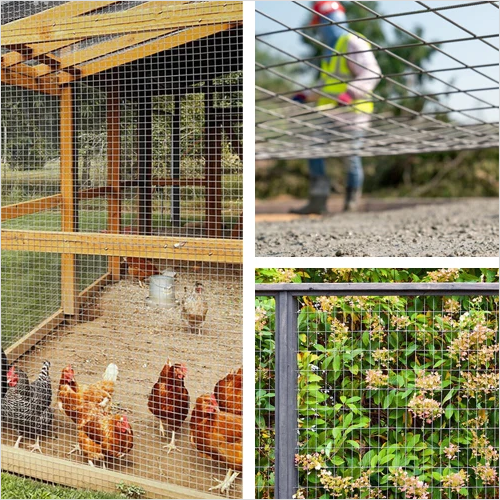Nails Required for Building a Durable Stockade Fence
Understanding Nails for Stockade Fences A Comprehensive Guide
When it comes to building a stockade fence, one of the most vital yet often overlooked components is the selection of appropriate nails. Nails may seem like a minor detail in the overall construction process, but they play a critical role in ensuring the stability, durability, and longevity of your fence. In this article, we will explore the different types of nails suitable for stockade fences, their importance, and tips for selecting the right ones.
Why Are Nails Important?
Nails are the connectors that hold various components of a fence together. In stockade fences, which typically consist of vertical panels (or pickets) connected to horizontal rails, the right nails are essential for maintaining the structural integrity of the fence. The forces of nature, such as wind, rain, and snow, can place considerable strain on a fence, making it imperative that the nails used can withstand these pressures.
Types of Nails for Stockade Fences
1. Galvanized Nails These are the best choice for outdoor applications, as they resist rust and corrosion. Galvanization involves coating steel nails with a layer of zinc, which acts as a barrier against moisture. Given that stockade fences are often exposed to elements, galvanized nails provide enhanced longevity.
2. Stainless Steel Nails While more expensive than galvanized nails, stainless steel nails offer superior resistance to rust and corrosion. If you live in an area with high humidity or near saltwater, stainless steel nails may be worth the investment due to their exceptional durability.
3. Ring Shank Nails These nails feature a distinct ridge pattern (ring shank) that allows for a stronger grip in wood materials. This type of nail is ideal for stockade fences as it helps prevent pull-through and increases the fence's overall stability.
nails for stockade fence

4. Finish Nails For aesthetic purposes, finish nails can be used to secure the top of the pickets to the rails. They create a cleaner look compared to larger nails, making them suitable for visible areas of the fence.
Choosing the Right Size
Choosing the right size nail is just as crucial as selecting the material. For stockade fences, a typical length is between 1.5 to 3 inches, depending on the thickness of the wood. Nails that are too short may not hold properly, while overly long nails can split the wood. Always ensure that the nails are long enough to secure the pickets to the rails without compromising the fence panels' integrity.
Installation Tips
When installing your stockade fence, ensure that you use a nail gun or hammering technique that minimizes damage to the wood. Pre-drilling holes, especially for thicker panels, can help prevent splitting. It's also advisable to drive the nails in at an angle for added stability. Make sure to space the nails evenly — typically, two nails per picket and one nail per rail is a good guideline.
Conclusion
In summary, the importance of nails in constructing a stockade fence cannot be overstated. The right choice of nails—whether galvanized, stainless steel, or ring shank—combined with proper installation techniques, will ensure that your fence remains sturdy, durable, and aesthetically pleasing for years to come. As you embark on your fencing project, pay careful attention to this often-overlooked detail, and you'll be rewarded with a well-built, resilient stockade fence that stands the test of time.
-
Successful Participation at the 137th Canton Fair in April 2025NewsApr.20,2025
-
Successful Participation at the 2025 NAHB International Builders' Show (IBS) in Las VegasNewsFeb.28,2025
-
Successful Participation at the 2025 Philippine World Building and Construction Exposition (WorldBex) in ManilaNewsMar.20,2024
-
Successful Participation at the 2024 Canton FairsNewsOct.20,2024
-
Successful Participation at the 2024 Canton FairNewsApr.20,2024
-
Successful Participation at the 2024 Philippine World Building and Construction Exposition in ManilaNewsMar.20,2024




